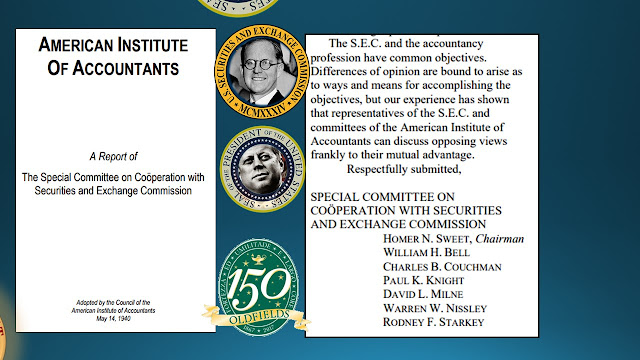Showing posts with label The Pete Bennett Story. Show all posts
Showing posts with label The Pete Bennett Story. Show all posts
Beat Pete, Take Food, Arrest Pete, Steal From Pete, Deny Pete Food, Water and Shelter
Pete BennettOctober 21, 2021attorney, Bennett v. Southern Pacific, Pete Bennett, Rick Kopf, The Pete Bennett Story, World Trade Center
No comments

Who stole my Ibanez?
Bush-Linked Company Handled Security for the WTC, Dulles and United
Pete BennettSeptember 17, 20189/11, Dick Cheney, George Bush, JFK Assassination, JFK University, Marvin Bush, Park Ave, The Pete Bennett Story, World Trade Center
No comments

Bush-Linked Company Handled Security for the WTC, Dulles and United
by: Margie Burns
George W. Bush's brother was on the board of directors of a company providing electronic security for the World Trade Center, Dulles International Airport and United Airlines, according to public records. The company was backed by an investment firm, the Kuwait-American...
The Santa Fe Murder Railways - Key System
Pete BennettOctober 19, 2015BART, Cecilia Greenan Ashcroft, Greenan, Nancy Greenan-Hamil, Nate Greenan, Safeway Inc, Steve Burd, The Pete Bennett Story, The Safeway Conspiracy
No comments

The Dorothea Leslie Milne Trust
Pete BennettSeptember 24, 2014Alamo 1st Ward, contra Costa Bar Association, Dead Witness, Investigations, Pittsburg, Probate Fraud, T Trust, The Dorothea Leslie Milne Trust, The Pete Bennett Story, Walnut Creek Police
















